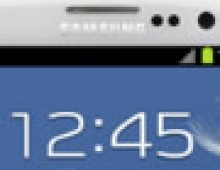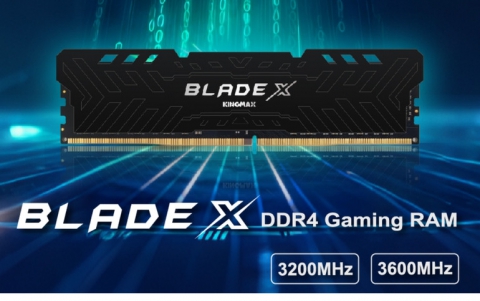
Miniature jet engines could power cellphones
Engineers have moved a step closer to batch producing miniaturised, jet engine-based generators from a single stack of bonded silicon wafers.
These chip-based microengines could one day power mobile electronic devices.
By spinning a tiny magnet above a mesh of interleaved coils etched into a wafer, David Arnold and Mark Allen of the Georgia Institute of Technology, US, have built the first silicon-compatible device capable of converting mechanical energy - produced by a rotating microturbine - into usable amounts of electrical energy.
The key advantage of microengines is that they pack in at least 10 times more energy per volume of fuel than conventional lithium batteries, take up less space and work more smoothly than much-touted fuel cells.
Jet engines are remarkable pieces of equipment in terms of efficiency, explains Stuart Jacobson at the Massachusetts Institute of Technology, US, who collaborates with Arnold and Allen.
For the first time we have got macro-sized amounts of energy from a micro-scale device, says Arnold. This is a crucial if micro-engines are to find their way into actual products, Allen adds.
Off-the-shelf components
Until now, two separate teams, led by Jacobson and Carlos Fernandez-Pello at the University of California in Berkeley, US, have focused on how to convert the chemical energy stored in the diesel fuel into the mechanical energy that drives the turbine - the first part of the microengine process.
Both have already etched prototype silicon combustion chambers capable of burning diesel at very high temperatures without cracking, and miniature silicon turbines, using batch-scale manufacture techniques. But they captured the electrical energy produced using off-the-shelf components that were not part of the same stack of silicon wafers.
Now, for the first time, Arnold and Allen have demonstrated that the generation of electricity from the spinning turbine can actually be done on a silicon-compatible wafer.
They spin a flat metal ring - about the diameter of a penny - made up of alternating 45° sections of magnetic north and south poles. For the sake of the experiment, the micro-turbine was replaced by an air-powered drill like those used by dentists.
As the magnet spins, its rapidly switching magnetic field induces a current in metal coils deposited on an etched ferromagnetic layer underneath. It produces 1.1 watts of power. This is already enough to power a cellphone or GPS receiver, says Arnold, and it is just in the research stage.
Brittle magnets
Achieving this power requires 100,000 revolutions per minute, extremely fast compared to car engines, which spin at just 3000 rpm. Magnets are brittle and tend to be pulled apart by the centrifugal force at high speeds, so Arnold and Allen optimised the thickness and width of the magnetic ring before encasing it in a layer of strengthening titanium.
They also had to work out the best dimensions for the three interleaving coils that sit below the spinning magnet and produce the current. They decided on an array about 100 microns tall, reducing electrical resistance as much as possible to ensure that the maximum current is squeezed out of each magnet rotation.
While the magnetic generator is an exciting step, the next hurdle is integrating the manufacture of the turbine, combustor and electricity generator into a single stack of bonded silicon wafers, says Mike Waits, an electrical engineer at the Army Research Lab in Adelphi, Maryland, which is funding the research.
The US Army expects that soldiers - who currently rely on battery-powered laptops, night-vision goggles and GPS systems - will be the first to use the microengines. "The army has a tremendous power problem - soldiers get bogged down by their batteries, explains Jacobson.
Devices that run on diesel would be a boon for the army because it is widely available as tank fuel anyway, adds Waits.
Arnold and Allen will present their advance at the International Conference on Micro Electro Mechanical Systems (MEMS) in January 2005.
From NewScientist.com



















